White bread loaf, a staple in households around the world, offers a simple yet satisfying experience. With its soft interior and golden crust, this classic bread is versatile enough to accompany any meal or stand alone as a delicious snack. Whether enjoyed fresh out of the oven or toasted to perfection, homemade white bread loaf embodies the warmth and comfort of home.
Its versatility makes it a popular choice for sandwiches, toast, and even as a base for French toast. Whether you prefer it sliced or toasted, there are countless ways to enjoy this classic bread.
Classic Sandwiches
One of the most common uses for white bread loaf is in sandwiches. Its soft texture and mild flavor make it the perfect vessel for a variety of fillings. From classic ham and cheese to turkey and avocado, the options are endless. Whether you’re packing a lunch for work or enjoying a picnic in the park, a white bread loaf sandwich is always a crowd-pleaser.
Toast and Toppings
Toasting a slice of white bread loaf takes it to a whole new level. The heat transforms the bread, creating a crispy exterior and a warm, soft interior. Add a spread of butter, jam, or peanut butter for a simple and satisfying breakfast. For a savory twist, top your toast with avocado, tomato, and a sprinkle of salt and pepper.
French Toast Delight
White bread loaf is also the perfect choice for making French toast. The bread’s absorbent nature allows it to soak up the egg mixture, resulting in a deliciously custardy interior. Serve your French toast with a drizzle of maple syrup and a dusting of powdered sugar for a decadent breakfast treat.
Whether you’re making a sandwich, toasting a slice, or whipping up some French toast, white bread loaf is a versatile and tasty choice. Its mild flavor and soft texture make it a crowd favorite for any meal of the day.
✅ Quick Tips: Read the recipe in its entirety before you start cooking. This will help you understand the ingredients, steps, and timing involved, and allow you to prepare any necessary equipment or ingredients beforehand.
Homemade White Bread Loaf
Description
Discover the versatility of white bread loaf. Learn how to make delicious sandwiches, toast with various toppings, and French toast using white bread loaf. Whether you prefer it sliced or toasted, there are countless ways to enjoy this classic bread. Perfect for any meal of the day.
Ingredients
Instructions
-
-
Activate the Yeast: In a small bowl, combine warm water, sugar, and instant yeast. Let it sit for 5-10 minutes until frothy.
-
Mix the Dough: In a large mixing bowl, combine bread flour, salt, softened butter, and the activated yeast mixture. Mix until a shaggy dough forms.
-
Knead the Dough: Turn the dough onto a floured surface and knead for about 8-10 minutes until smooth and elastic.
-
First Rise: Place the dough in a greased bowl, cover it with a kitchen towel or plastic wrap, and let it rise in a warm, draft-free place for about 1-2 hours or until doubled in size.
-
Shape the Loaf: Punch down the risen dough to release air bubbles. Shape it into a loaf and place it in a greased loaf pan.
-
Second Rise: Cover the loaf with a kitchen towel and let it rise for another 30-45 minutes, or until it has doubled in size again.
-
Preheat the Oven: While the loaf is rising, preheat your oven to 375°F (190°C).
-
Bake the Loaf: Once the loaf has risen, bake it in the preheated oven for 30-35 minutes, or until it is golden brown on top and sounds hollow when tapped on the bottom.
-
Cool and Serve: Remove the loaf from the oven and let it cool in the pan for a few minutes before transferring it to a wire rack to cool completely. Slice and serve the white bread loaf warm or at room temperature.

-
-
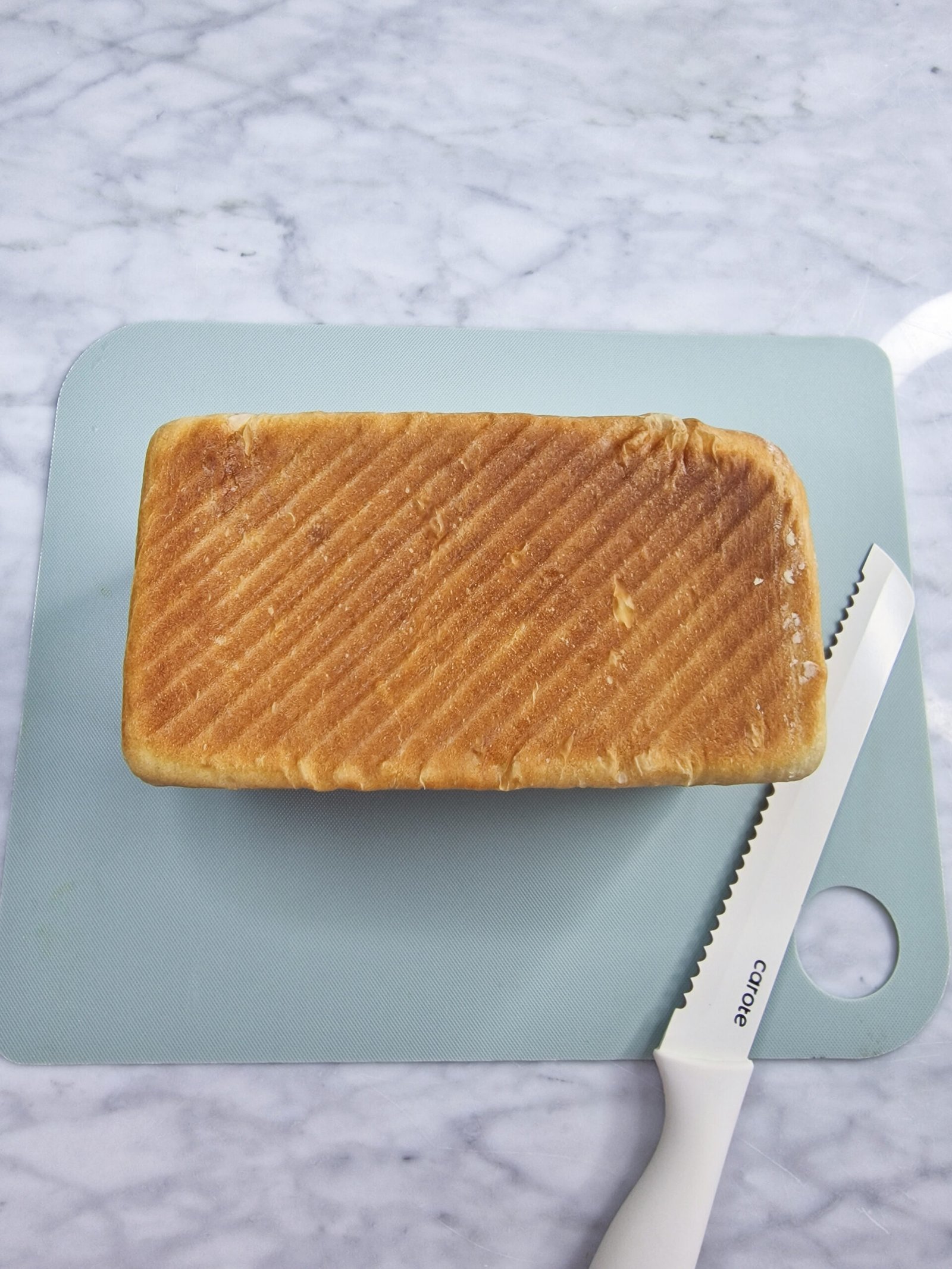
Note
Tips for Success:
-
Quality Ingredients: Use high-quality bread flour and fresh yeast for the best results.
-
Kneading Technique: Proper kneading is essential for developing gluten and creating a soft, elastic dough. Knead until the dough is smooth and springs back when pressed with a finger.
-
Rising Time: Allow the dough to double in size during both rises for the best texture and flavor.
-
Baking Temperature: Bake the loaf at the recommended temperature to ensure even baking and a golden crust.
-
Storage: Store leftover white bread loaf in an airtight container at room temperature for up to 2-3 days, or freeze it for longer storage.
-
Use High-Quality Ingredients: Opt for high-quality flour and fresh yeast for the best results. The quality of your ingredients will directly impact the flavor and texture of the bread.
-
Proper Dough Consistency: Pay attention to the dough consistency while kneading. It should be smooth, elastic, and slightly tacky. If it's too dry, add a little more water, and if it's too wet, add a bit more flour, but do so gradually to avoid overcompensating.
-
Avoid Over-Flouring: When working with the dough, be mindful not to add too much flour to the work surface or during kneading. This can result in a denser loaf. Use just enough flour to prevent sticking.
-
Proofing Time and Temperature: Allow the dough to rise in a warm, draft-free environment. If your kitchen is cool, you can create an ideal proofing environment by placing the dough in a lightly warmed oven or near a warm stovetop.
-
Proper Shaping: Take care when shaping the dough into a loaf to ensure an even rise and a uniform shape. Tuck the edges under to create a smooth surface on top, which will result in a more aesthetically pleasing loaf.
-
Slashing the Dough: Consider slashing the top of the dough with a sharp knife or razor blade before baking. This allows the bread to expand properly during baking and creates an attractive finished appearance.
-
Baking Temperature and Time: Follow the recommended baking temperature and time closely. Baking at too high a temperature can result in a crust that's too dark, while baking at too low a temperature can lead to a pale, underbaked loaf.
-
Checking for Doneness: To ensure the bread is fully baked, use a digital thermometer to check the internal temperature. It should register between 190-200°F (88-93°C) when fully baked.
-
Cooling Properly: Allow the baked loaf to cool in the pan for a few minutes before transferring it to a wire rack to cool completely. This helps prevent the bottom from becoming soggy and ensures even cooling.
-
Storing: Once cooled, store the white bread loaf in an airtight container or resealable bag at room temperature. It's best enjoyed within a few days of baking for optimal freshness.
Calories: Each serving of white bread loaf is approximately 220 calories.
With these detailed instructions, tips, and answers to frequently asked questions, you'll be well-equipped to master the art of homemade white bread loaf and enjoy its delicious simplicity anytime.



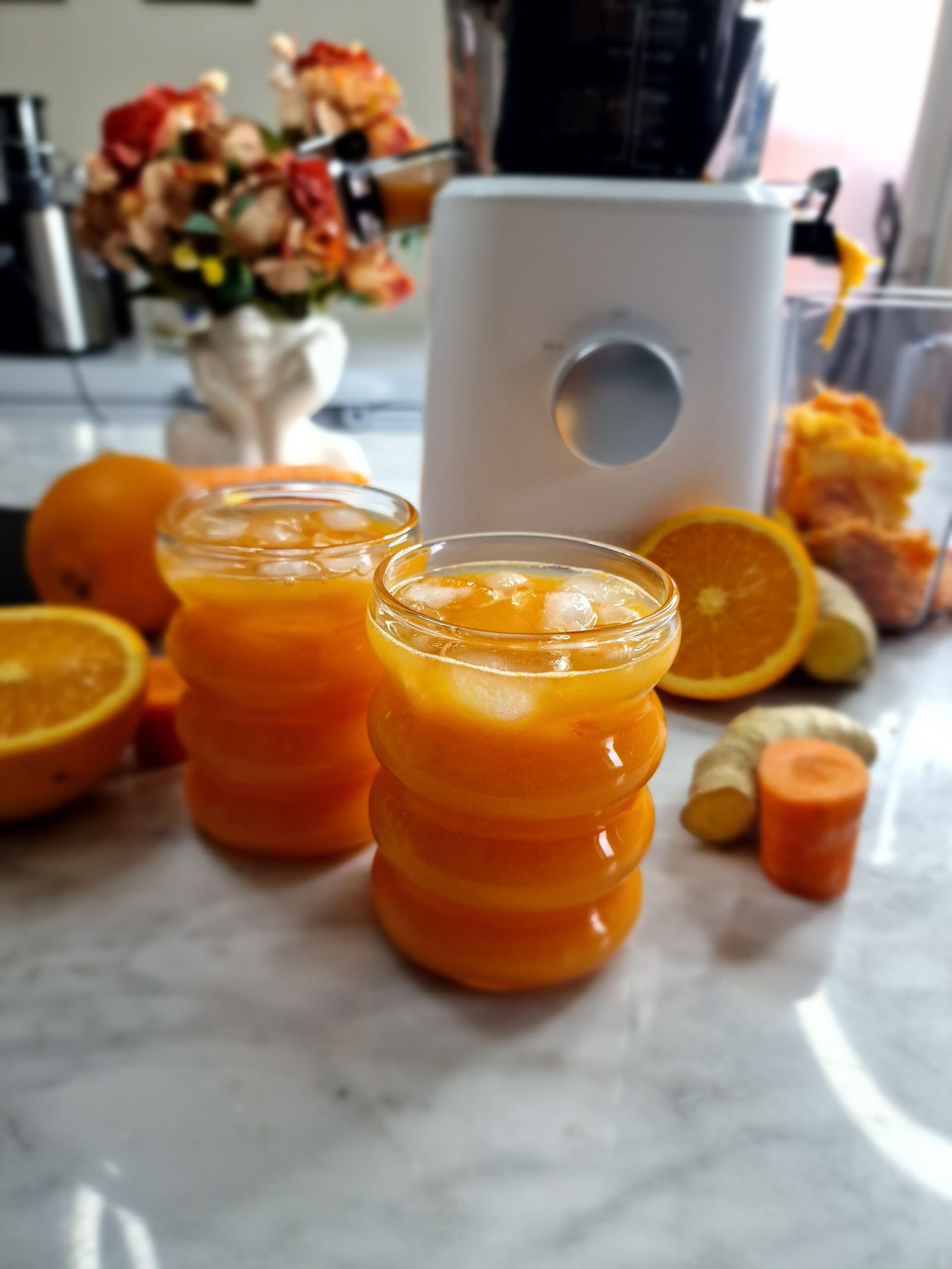
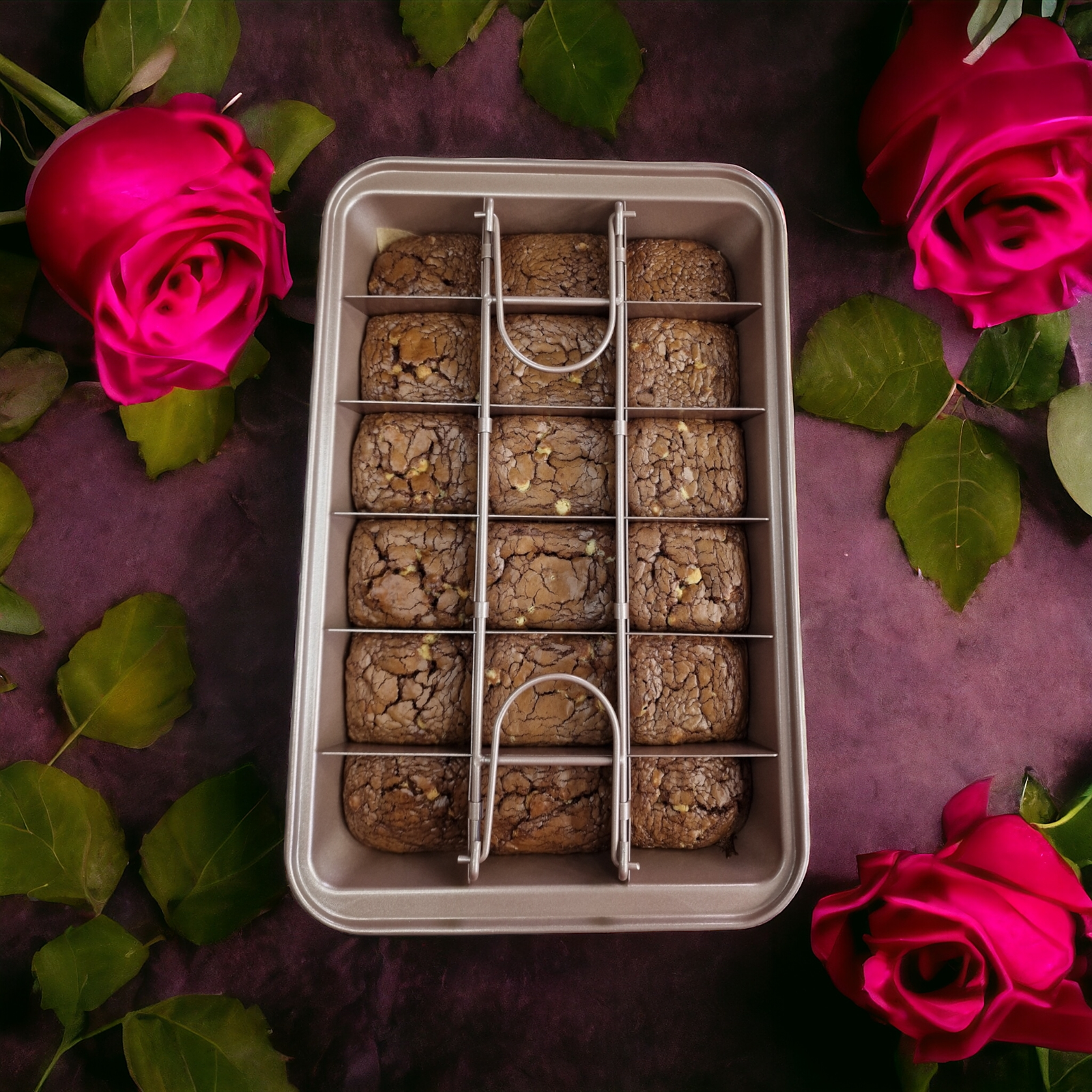



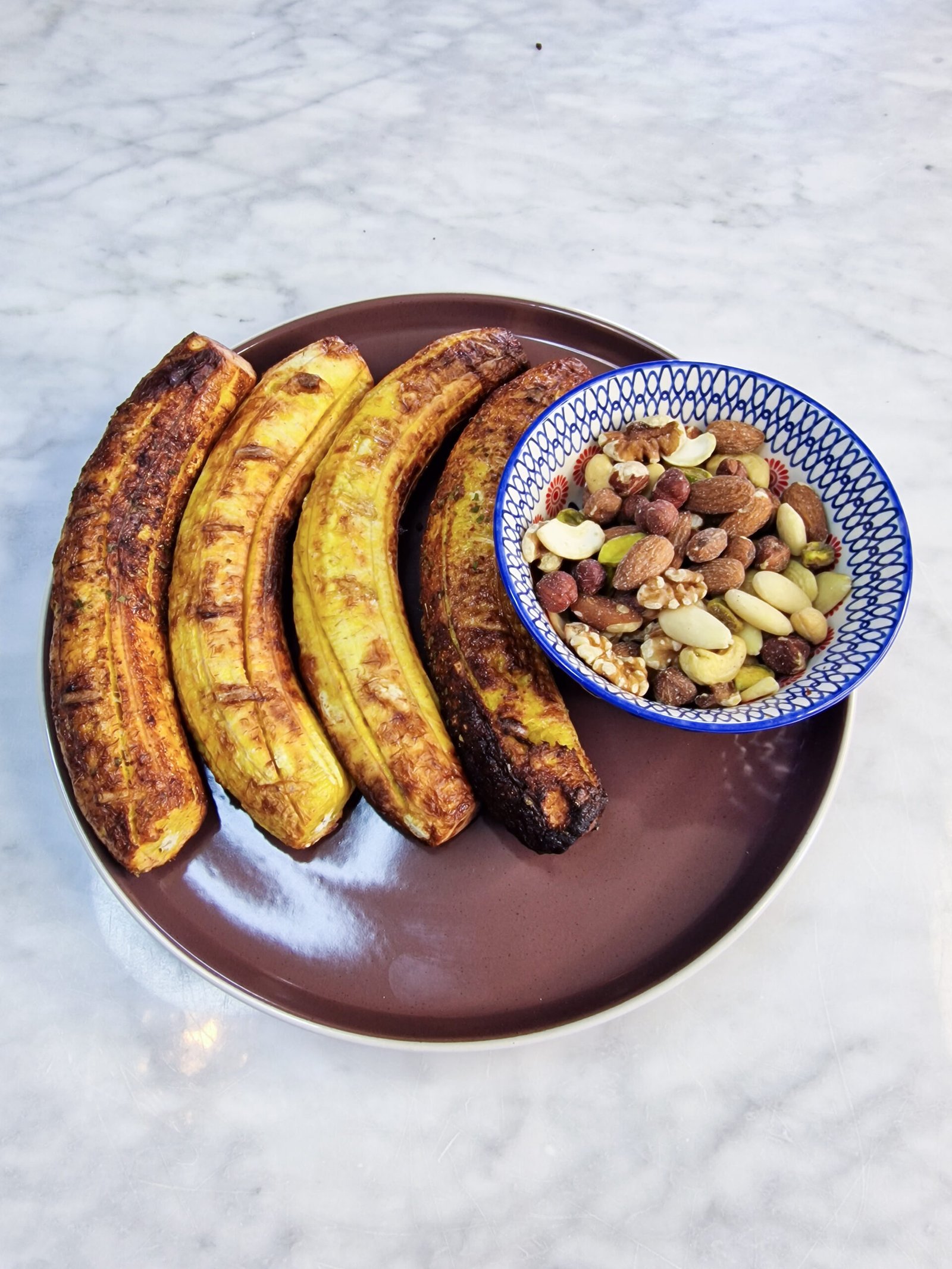

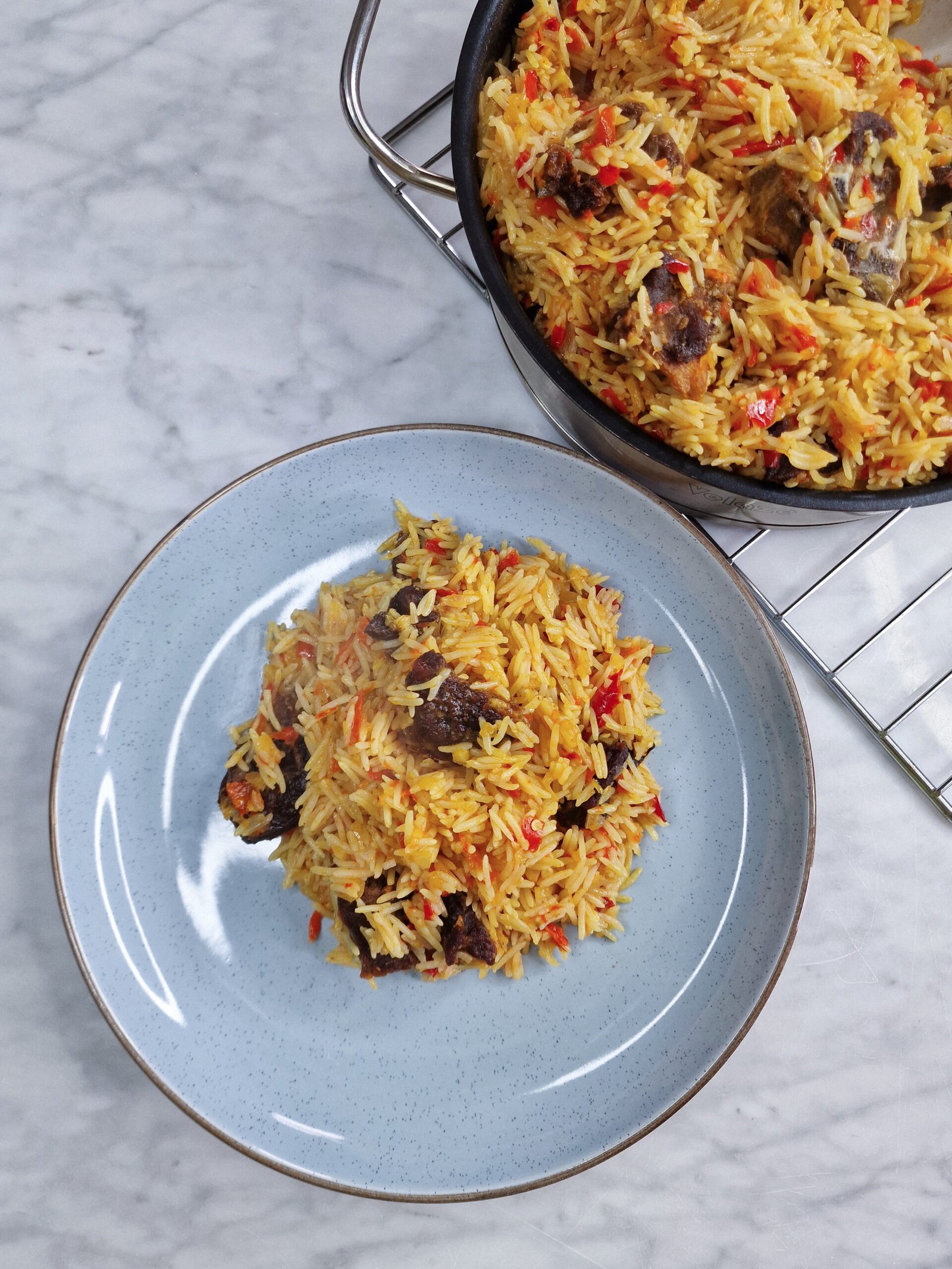



User Reviews